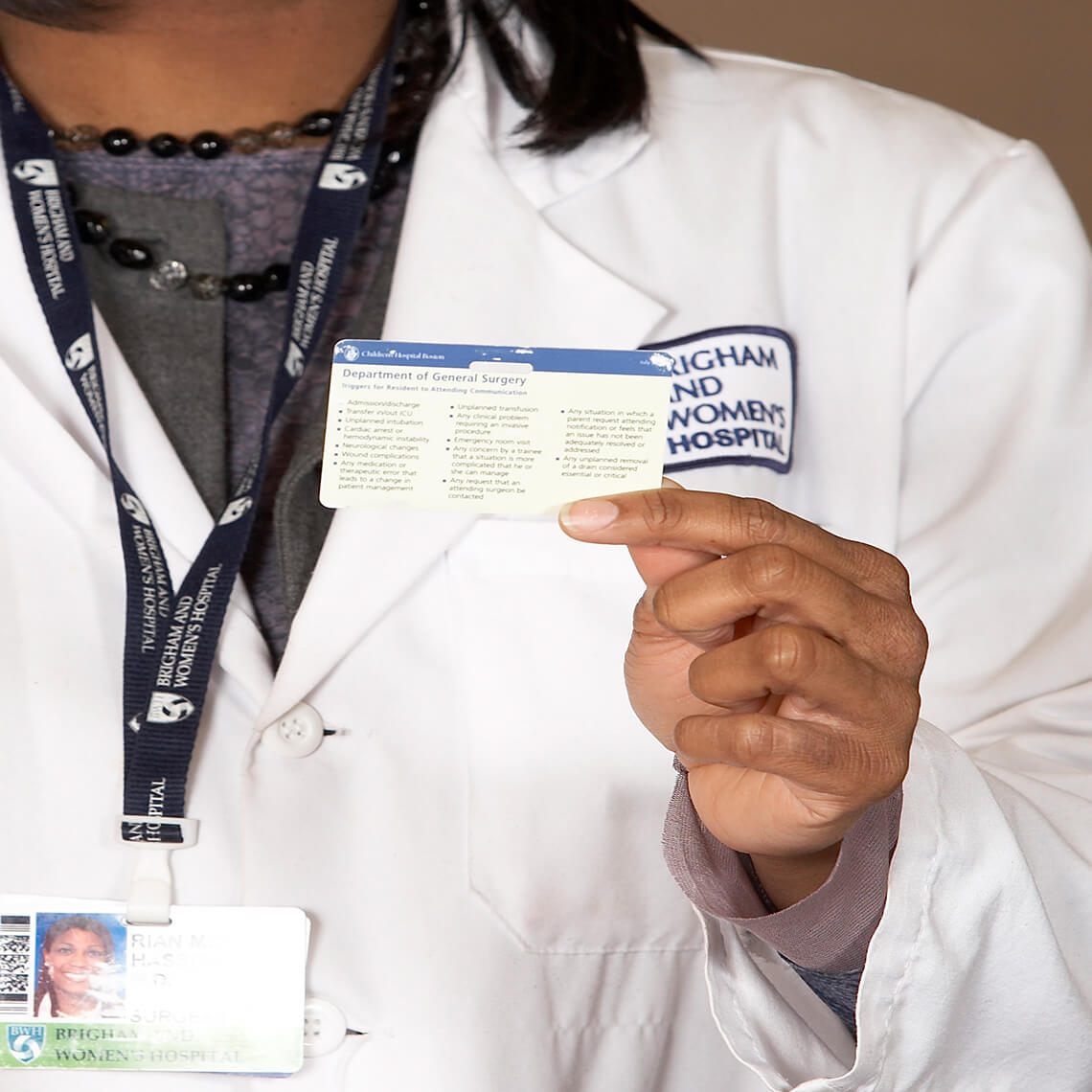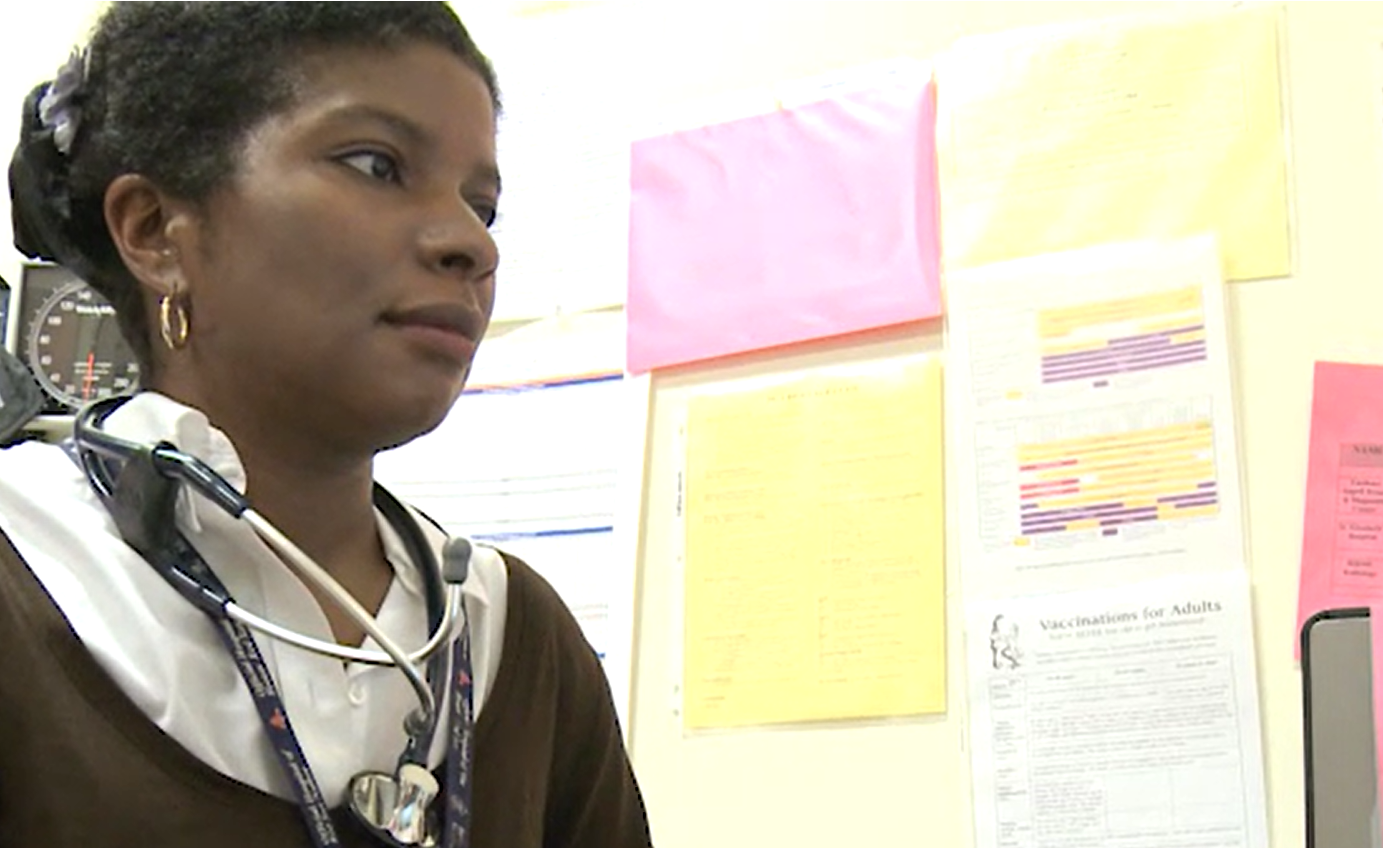Blog Post
Next Phase of Opening Doctor Notes to Patients
The “radical” idea of showing patients what their doctors write in their medical records is starting to catch on. Initially, Harvard researchers for the OpenNotes project needed to win over the physicians and institutions. They were convinced, in part, by the fact that partial funding came from a medical professional liability insurer (CRICO).
Now that the initial studies have shown that patients will use the access to their doctor’s notes and doctors won’t be inundated with inquiries, a second initiative is underway.
This time, the research team is going further and establishing a feedback mechanism that gives patients a way to correct mistakes or ask questions.
The biggest benefit for this phase may be to catch problems unique to ambulatory care, according to OpenNotes Director of Patient Safety and Discovery Sigall Bell, MD of Beth Israel Deaconess Medical Center in Boston.
“ We’re really excited about the possibility of OpenNotes as a connector, linking patients and providers in this space between visits where some of these lapses can occur. ”
Our four-minute video takes a look at the project, including the patient perspective
on having direct access to their provider’s clinical notes, along with
the chance to report problems back to the practice.
Related Blog Posts
Investing in Patient Safety


Mind the Gaps: Learning How to Avoid Miscommunication Pitfalls
January Safety Salute | MedStar Health Creating a Just Culture


